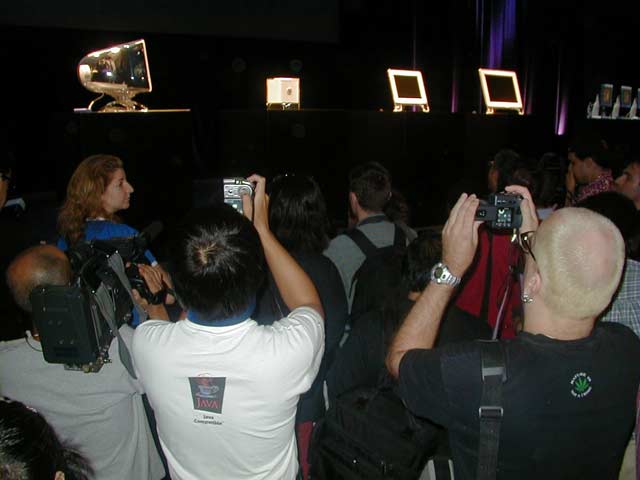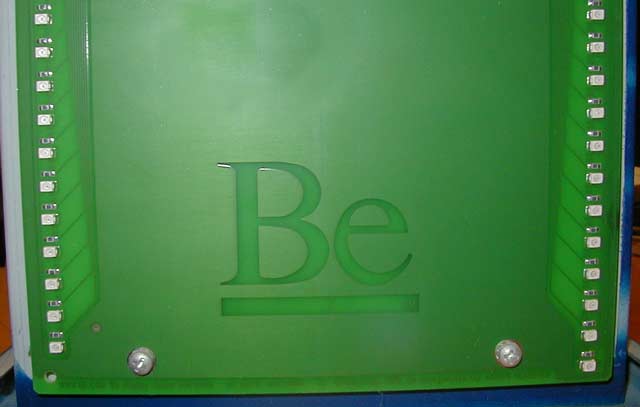I finished Legacy of Ashes: The History of the CIA (Thanks John W!) last weekend. A truly fascinating read. I grazed through the Goolsbee bookshelves to grab something else and my eyes fell upon something I hadn’t read in years (since it came out in the 80s actually!) … I instinctively grabbed it and shoved it in my pocket as I drove off to work one morning. It is Douglas Adams’ Life, The Universe and Everything.
I only started reading it yesterday, and I’m already halfway through. I LOVE Adams’ writing style. It is wonderfully entertaining to read. I’m inspired by him, truly. I love to write and wish I could write half as well as Douglas Adams. I’d love to be able to somehow channel Adams & Eagan when I write my rally reports and stories. While I’m usually confident in my photography, I know my writing is nowhere near these two greats. I guess I’ll just keep trying.
A thoroughly enjoyable diversion from my usual serious reading.
As a side note, I actually one day found myself standing next to Douglas Adams. I can not really claim to have met him, though we exchanged exactly four words. (mind you that was far more than my other New York/Celebrity encounter – the infamous William Fucking Shatner!) I was at Macworld Expo in New York City in July of 2000. I was scheduled to speak at the MacIT conference later that week (with Ron Marx and John Welch) and my speaker badge afforded an AMAZING seat at the Steve Jobs Keynote. I was in the sixth row. This was the famous G4 Cube/no-button mouse/free mouse Keynote. After the speech concluded most of the attendees stampeded the exits like Wildebeests lurching from a Crocodile to collect their free mouse. However the real geeks clamored to the front of the stage to get photos of the newly announced product. Freebies can wait… there are Cubes to undress with our eyes!

Since I was sitting right up at the front, I ambled up there too. I stood back a bit to have a look at the Cube (a truly elegant machine, I still have one on my desk at work!) and noted a rather tall man at my right elbow wedged between me and my friend Chris Kilbourn. “Quite nice” I said to him nodding at the machine. “mmm Yes” he replied, his eyes still glued in techno-lust at the gleaming Cube. I took a second glance and recognized him as Adams! I shot a photo – and despite look of this shot, it wasn’t as stalkerish as it appears… there were literally hundreds of people in a huge semi-circle, with flashes going off like crazy.

Tragically, within a year, he was dead. 🙁
I introduced my sons to his genius not long after, and this copy I grabbed belongs to my youngest son Nick. Next up will have to be “So Long and Thanks for all the Fish!”…
